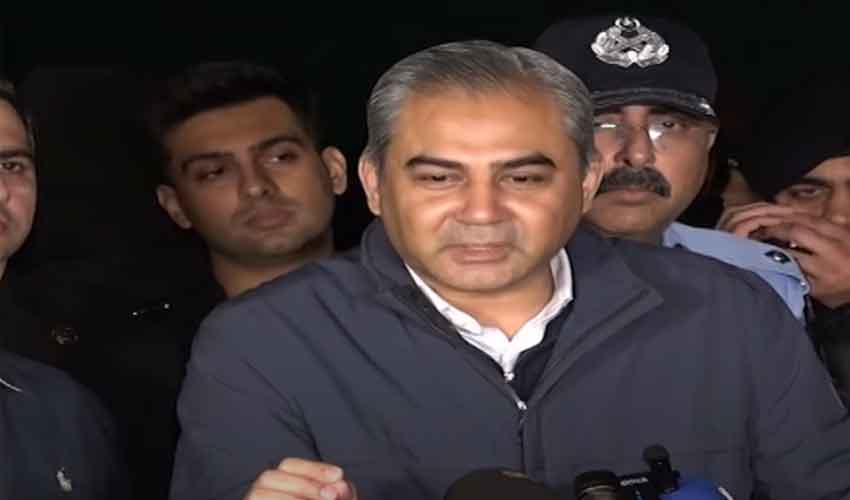Pakistan's headline inflation for the month of October registered at 26.9% on a year-on-year basis, according to data released by the Pakistan Bureau of Statistics (PBS).
This figure shows a notable improvement from the previous month when inflation stood at 31.4%. On a month-on-month basis, inflation increased by 1.1%.
The average inflation rate for the period from July to October in 2023 reached 28.48%, in contrast to 25.48% during the same period in the previous year.
Urban and rural areas
The PBS reported that CPI inflation in urban areas increased to 25.5% on a year-on-year basis in October 2023, showing a decrease from the previous month's 29.7% and 24.6% in October 2022.
On a month-on-month basis, it increased by 1.1% compared to 1.7% in the previous month and 4.5% in October 2022.
Similarly, CPI inflation in rural areas for October 2023 stood at 28.9% year-on-year, marking a decline from the previous month's 33.9% and October 2022's 29.5%. On a month-on-month basis, it increased by 1.1% compared to 2.5% in the previous month and 5.0% in October 2022.
These variations in inflation rates between urban and rural areas underscore the complex nature of the country's inflationary pressures.
Market expectations of inflation
Several brokerage houses had anticipated a decrease in headline inflation for October. For instance, JS Global had predicted CPI-based inflation to be around 26.4%, with expectations that a drop in petroleum product prices would lead to lower food prices, in contrast to historical trends.
Arif Habib Limited (AHL) also expected a decline in inflation and projected that headline inflation would continue to trend downward in the coming months. They cited factors such as reduced demand-side pressures, stabilization of global commodity prices, and the influence of a high base effect contributing to this trend. This is in contrast to the previous fiscal year, where the average headline inflation rate was higher at 29.2%.
High inflation remains a significant concern for Pakistan's economy, which is grappling with multiple challenges.
IMF's financial assistance
Notably, the International Monetary Fund (IMF) approved a new nine-month, $3 billion stand-by arrangement in July to address some of the country's balance-of-payments issues. This resulted in the disbursement of $1.2 billion to Pakistan's central bank as the first tranche of the arrangement.
In addition to the IMF assistance, Pakistan also received inflows of $3 billion from bilateral partners, including Saudi Arabia and the UAE, which contributed to stabilizing the country's foreign exchange reserves, currently standing at $7.5 billion.
The Pakistani and IMF authorities are expected to commence crucial discussions on the first review of the stand-by arrangement, with the government claiming that all the targets have already been met.
Key policy rate unchanged
The State Bank of Pakistan's Monetary Policy Committee (MPC) recently decided to maintain the key policy rate at 22%, in line with market expectations. The central bank expects inflation to decline in October and continue on a downward trajectory, especially in the second half of the fiscal year.
The MPC noted potential risks such as recent volatility in global oil prices and an increase in gas tariffs from November 2023 but also pointed out mitigating factors, including targeted fiscal consolidation and improved market availability of key commodities.



























